316.png)
3BBL High quality SUS304 craft beer conical fermenter for sale from China WEMAC
- * Processing : Fermenting Equipment, Beer Brewing
- * Brand : WEMAC
- * Condition : New
- * Material : SUS 304 316
- * Place of Origin : Weifang, China (Mainland)
- * Control system : AUTO/MANUAL
- * Warranty : Within 24 months against the date of B/L
- * Voltage: : To Be Determined (220V/ 380V/ 415V)
- * Processing : Fermenting Equipment, Beer Brewing
- * Brand : WEMAC
- * Condition : New
- * Material : SUS 304 316
- * Place of Origin : Weifang, China (Mainland)
- * Control system : AUTO/MANUAL
- * Warranty : Within 24 months against the date of B/L
- * Voltage: : To Be Determined (220V/ 380V/ 415V)
3BBL Craft beer fermenterSUS304 Craft beer fermenterWEMAC 3BBl Fermenter for saleHigh quality stainless steel fermenter from China


1. The basic principle of beer fermentation tank
In the beer brewing process, the malt passes through the mash system to prepare the wort, then cools, enters the fermentation tank, adds beer yeast, and starts fermentation. The traditional process is divided into pre-fermentation and post-fermentation, which are carried out in different fermentation tanks. The current popular method is to carry out a fermentation in one tank. The pre-fermentation mainly uses yeast to convert the maltose in the wort into alcohol (that is, the anaerobic respiration of yeast), and the post-fermentation is mainly to produce some flavor substances, remove the odor in the beer, and promote the maturation of the beer.
Cooling, enter the fermentation tank, add beer yeast, and start fermentation. The traditional process is divided into pre-fermentation and post-fermentation, which are carried out in different fermentation tanks. The current popular method is to carry out a fermentation in one tank. The pre-fermentation mainly uses yeast to convert the maltose in the wort into alcohol (that is, the anaerobic respiration of yeast), and the post-fermentation is mainly to produce some flavor substances, remove the odor in the beer, and promote the maturation of the beer.
2.The characteristics of beer fermentation tank
1. It should have a tight structure.
2. Good liquid mixing characteristics.
3. Good heat transfer rate of mass transfer phase.
4. It has matching and reliable detection and control instruments.
5. High reliability of fermentation process operation.
886667.png)
3.The basic configuration instructions of beer fermentation tank
1. The volume of beer fermentation tank is determined according to the customer's requirements; it is generally divided into two parameters, effective volume and total volume, because beer fermentation requires a certain fermentation tank space, and the total volume is generally 1.2-1.3 times the effective volume.
2. The overall dimensions of beer fermentation tanks are generally designed flexibly according to the customer's site, but the basic height-to-diameter ratio is not less than 1.
3. The material of beer fermentation tank is mainly food grade SUS304 stainless steel. SUS316L can also be used if the customer requires it, but the cost is much higher.
4. The polishing accuracy of the inner wall of the beer fermentation tank is not more than 0.6um.
5. The beer fermentation tank needs heat preservation. Generally, polyurethane is used as heat preservation material.
6. Beer fermentation tanks are generally designed with a lower cone, and they are usually designed with a cone degree of 60° and 72° compression resistance.
7. Cooling method of beer fermentation tank: mainly use stainless steel Maitreya plate or hose jacket to cool down. The cooling medium is generally ice water circulating cooling at minus 7 degrees.
8. Cleaning of beer fermentation tank: Mainly equipped with cleaning device, cyclic cleaning with water, alkaline water or disinfectant.
9. Beer fermentation tank is equipped with top pressure manhole or waist pressure manhole, which is convenient for observation or manual cleaning in the tank.
10. The temperature control of the beer fermentation tank mainly adopts PT100 temperature probe detection, and the solenoid valve controls the flow of ice water for automatic control.
11. The pressure control of beer fermentation tank mainly adopts mechanical pressure regulating valve to automatically control, and the pressure gauge shows.
12. Other pipe fittings and valves, such as sampling valve, butterfly valve, ice water valve, hops, etc., shall be prepared according to process requirements.
4. Description of the role of beer fermentation tank accessories.
1. Beer receiving valve: If the wine is sold directly in the fermentation tank, it is recommended to configure a Beer receiving valve, which can facilitate beer receiving.
2. Refrigeration system: can accurately control beer fermentation temperature, reduce fermentation temperature error, and ensure the quality of beer brewing.
3. The manhole of the fermentation tank: It can not only add hops, but also facilitate everyone to observe the beer level, and it is also convenient to enter the tank for manual cleaning of the inside of the tank.
4. Pressure gauge: It is mainly used to display the pressure data of the fermentation tank, so that everyone can observe the pressure in the tank.
5. Fermentation temperature controller: used to adjust the beer fermentation temperature to ensure the stability of the fermentation temperature during beer fermentation.
6. Safety valve: The safety guarantee of the beer fermentation process can automatically discharge the pressure to prevent the air pressure from being too high due to operator error and safety accidents.
7. Sampling valve: It is mainly used for sampling and testing of fermentation liquid during beer fermentation to prevent bacteria contamination during fermentation due to sampling.
8. Level gauge: For convenience of observation, you can configure a level gauge to know the quantity of beer in the fermentation tank at any time.
5. Fermentation process of beer fermentation tank
1. Beer fermentation temperature control: Controlling different fermentation temperatures has its own advantages and disadvantages. Using low-temperature fermentation, the yeast produces fewer by-products during the fermentation process, which makes the beer taste better and the foam condition is good, but the fermentation time is long; Using high-temperature fermentation, the fermentation speed of yeast is faster, the fermentation time is short, and the utilization rate of the equipment is high, but there are more by-products and the beer taste is poor.
2. Beer concentration control: the change of wort concentration is affected by fermentation temperature and fermentation time. If the fermentation is vigorous and the sugar reduction rate is fast, the fermentation temperature can be appropriately lowered and the maximum temperature retention time can be shortened; on the contrary, the fermentation temperature should be appropriately increased or the maximum temperature retention time should be extended.
3. The control of beer fermentation time: The fermentation time mainly depends on the change of the fermentation temperature. The higher the fermentation temperature, the shorter the fermentation time; the lower the fermentation temperature, the longer the fermentation time.
There are many types of fermentation tanks, as long as they are used in the fermentation industry, because of different uses, their requirements for fermentation tanks are also different. Beer fermentation tanks also vary according to different beer brewing.
The above mentioned are the general contents of beer fermentation tanks for reference. If you want to learn more about beer fermentation tanks or beer equipment related knowledge, you can follow the WEMAC beer equipment official website: https://www.wemacequipment.com/ We will continue to update from time to time.




Send a Message
If you want to ask anything just fill in the form below and send us.
Write a review
Products
- Beer brewery equipment
- Craft brewing equipment
- Home brewing equipment
- Microbrewery equipment
- Commercial brewing equipment
- Industrial brewery equipment
- Pilot brewing system
- Brewhouse & Mash system
- Fermentation tank
- Bright / Brite tank
- CIP system
- Beer filling machine
- Pasteurizer
- Hop gun
- Yeast propagation equipment
- Beer concentration equipment
- Carlsberg flask
- Reverse osmosis water filtration systems
- Mobile water treatment systems
- Water Purification Equipment
- WFI equipment
- Purified water tank
- CIP system
- Multi effect water distiller
- Pure steam generator
- WFI tank
- Solution preparation tank
- Tube heat exchanger
- Storage and distribution system
- Liquid preparation system
- Demineralized water system
- Vapour compressor
News & Exhibitions
- Why Beer Concentration Matters: Unpacking the Standard ABV Range
- Why Every Craft Brewer Needs a Pilot Beer Brewing System
- Top 5 Benefits of Using a Pilot Beer Brewing System for Small Breweries
- Setting Up a Microbrewery? Why Turnkey Equipment Might Be Right for You
- How Nano Brewery Equipment is Changing Experimental Brewing: A Deep Dive into Small-Scale Innovation
- Essential Craft Beer Equipment for Starting Your Brewery
- Integrating Smart Equipment into Your Microbrewery
- From Grain to Glass: Building the Perfect Complete Brewing System for Your Home
TAGS
- turkey brewery equipment
- small beer brewery equipment,mini beer brewery equ
- 15 gallon jacketed fermenter
- home brewing distillation equipment
- sovereign stainless steel fermenter
- brewing equipment manufacturers uk,home brewing eq
- craft brewery equipment for sale, craft beer equip
- complete brewery for sale
- automatically brew equipment,50L Brewing equipment
- Nano brewery equipment, brewing systems manufactur
- beer brewing equipment
- dry hops addition
- hop additive gun
- hops addition gun
- pilot brewing system
- Microbrewery machine
- mixing tank manufacturers
- Craft beer making equipment for Malaysia
- CIP system
- professional Cleaning in place equipment
FEATURED PRODUCTS
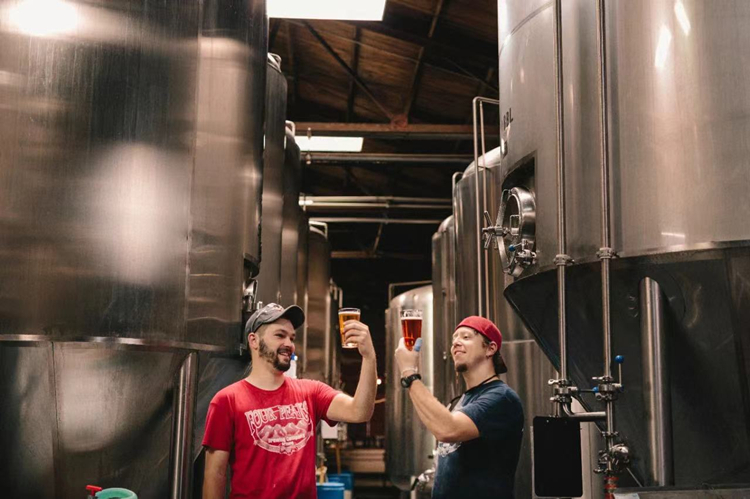
Top quality fermenter and beer bright tank
Brite or Bright Beer Tanks are also known as Beer Conditioning Tanks or Beer Serving Tanks. Brite beer tanks are used fo...
More >>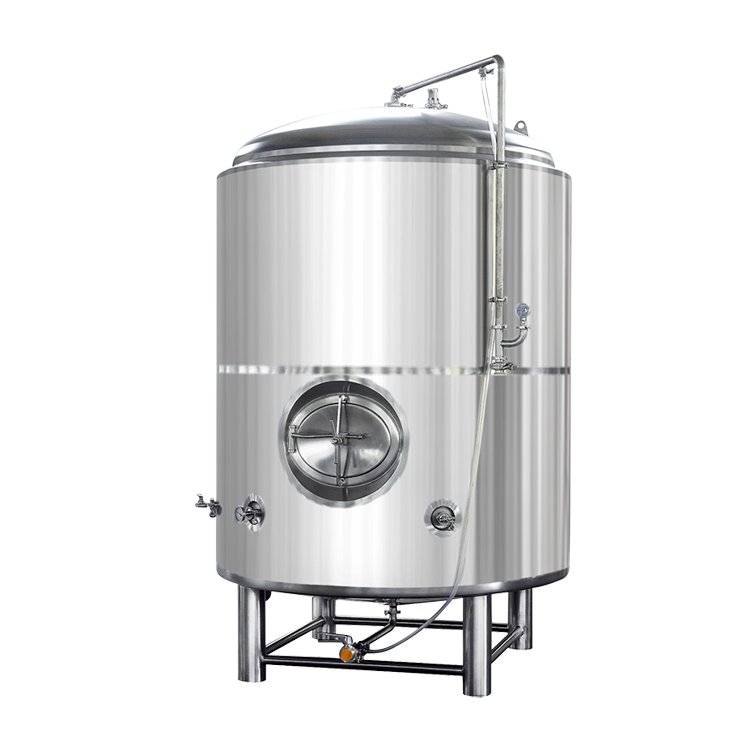
Best unitank beer bright tank in Alabama
Conical cooling jacketed unitanks sell well in Alabama,USA.the uniter tank or bright tank is made of stainless steel,wit...
More >>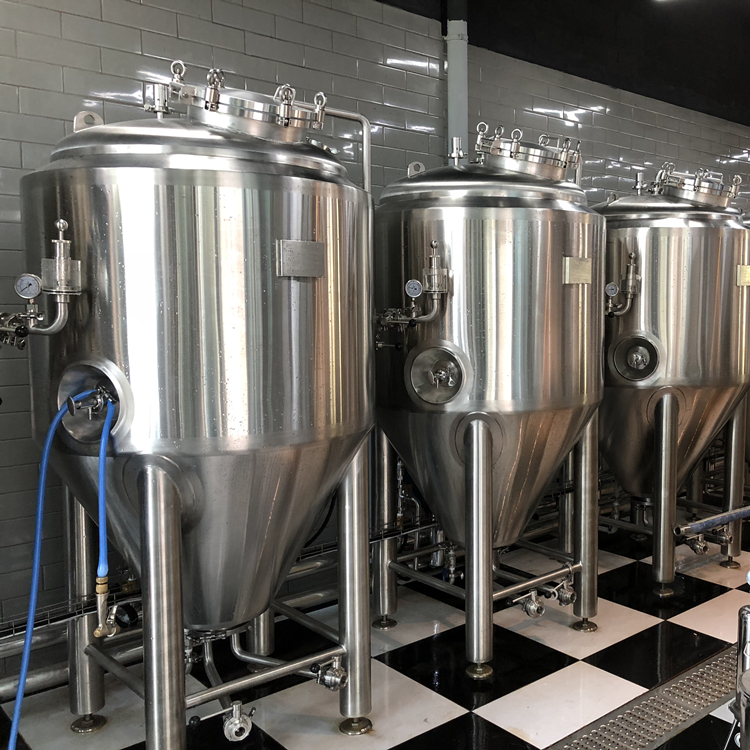
Best Conical cooling fermenter suppliers near me
Stainless stell conical jacketed cooling fermenter,equipped with temperature sensor,Level gauges, pressure gauges, therm...
More >>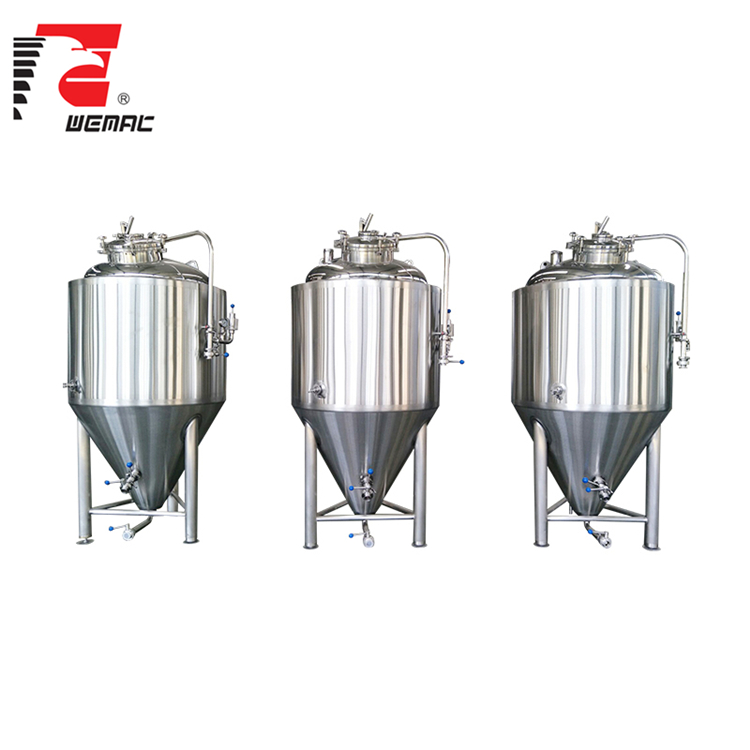
Beer fermentation and fermentation tank ZXF
Jacketed conical vessels used for beer fermentation,all size are optional,ranges from 100L to 5000L. Beer fermentation t...
More >>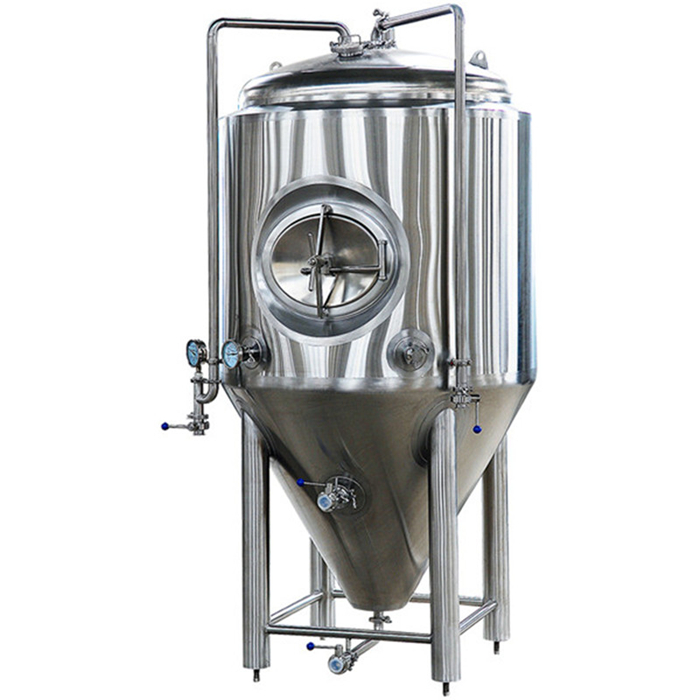
Stainless steel beer fermenter fermentation tank ZXF
Conical beer fermenter (fermentation tank) made of high quality stainless steel,from 100L to 5000L,jacketed and insulati...
More >>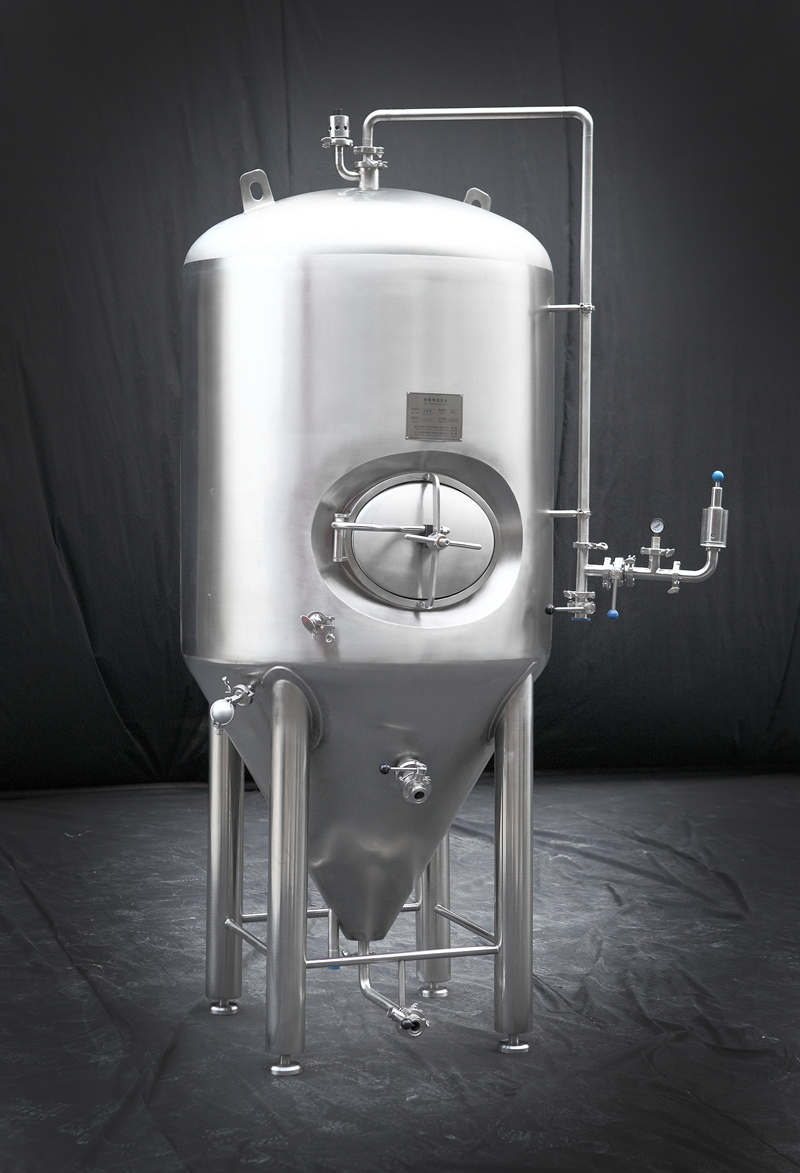
3BBL 500L jacketed stainless steel fermenter in discount ZXF
3BBL 500L jacketed stainless steel fermenter in discount.With WEAMC jacketed stainless steel fermentation tanks, profess...
More >>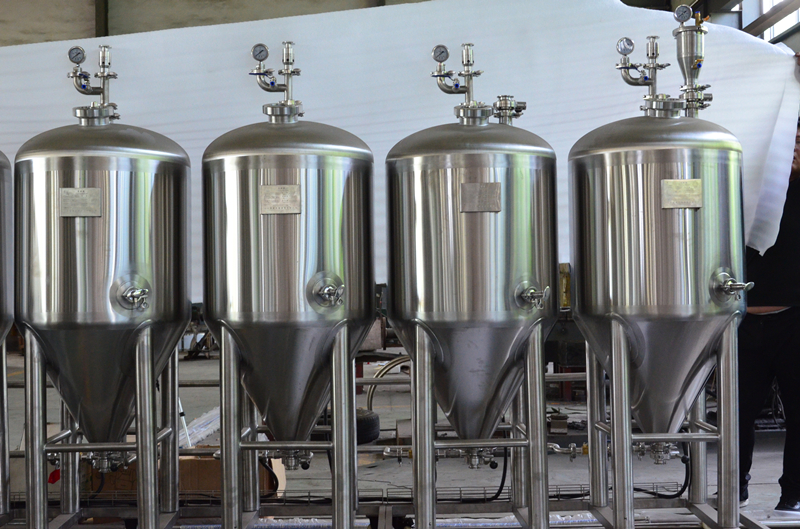
30Gal 1BBL 100L stainless steel jacketed fermenter sale well in Canada ZXF
100L jacketed fermenter made of high quality stainless steel,equiped with sample valve,solenoid valve,inner cleaning bal...
More >>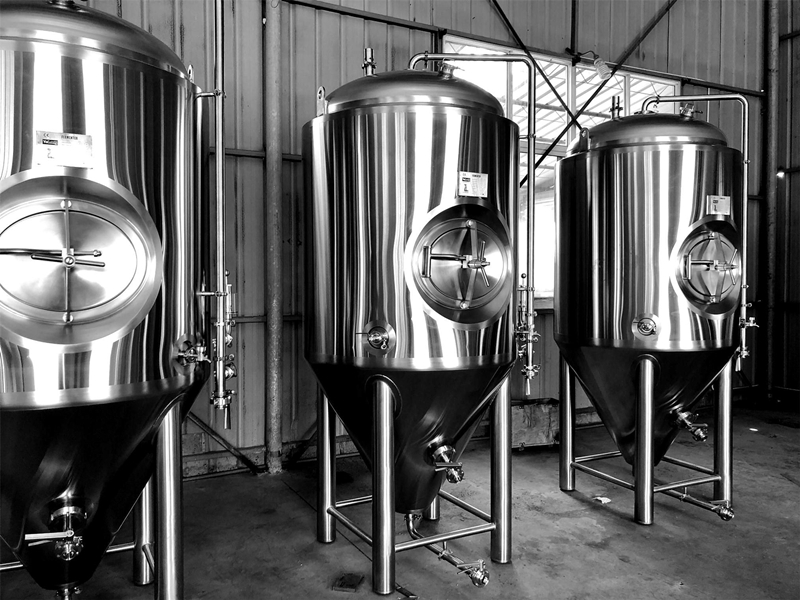
Cheap low price 5000L beer fermentation tanks jacketed fermenter supplier ZXF
5000L fermentation tanks suitable for hotels and restaurants and brewery. The fermentation tanks use certified stainless...
More >>

